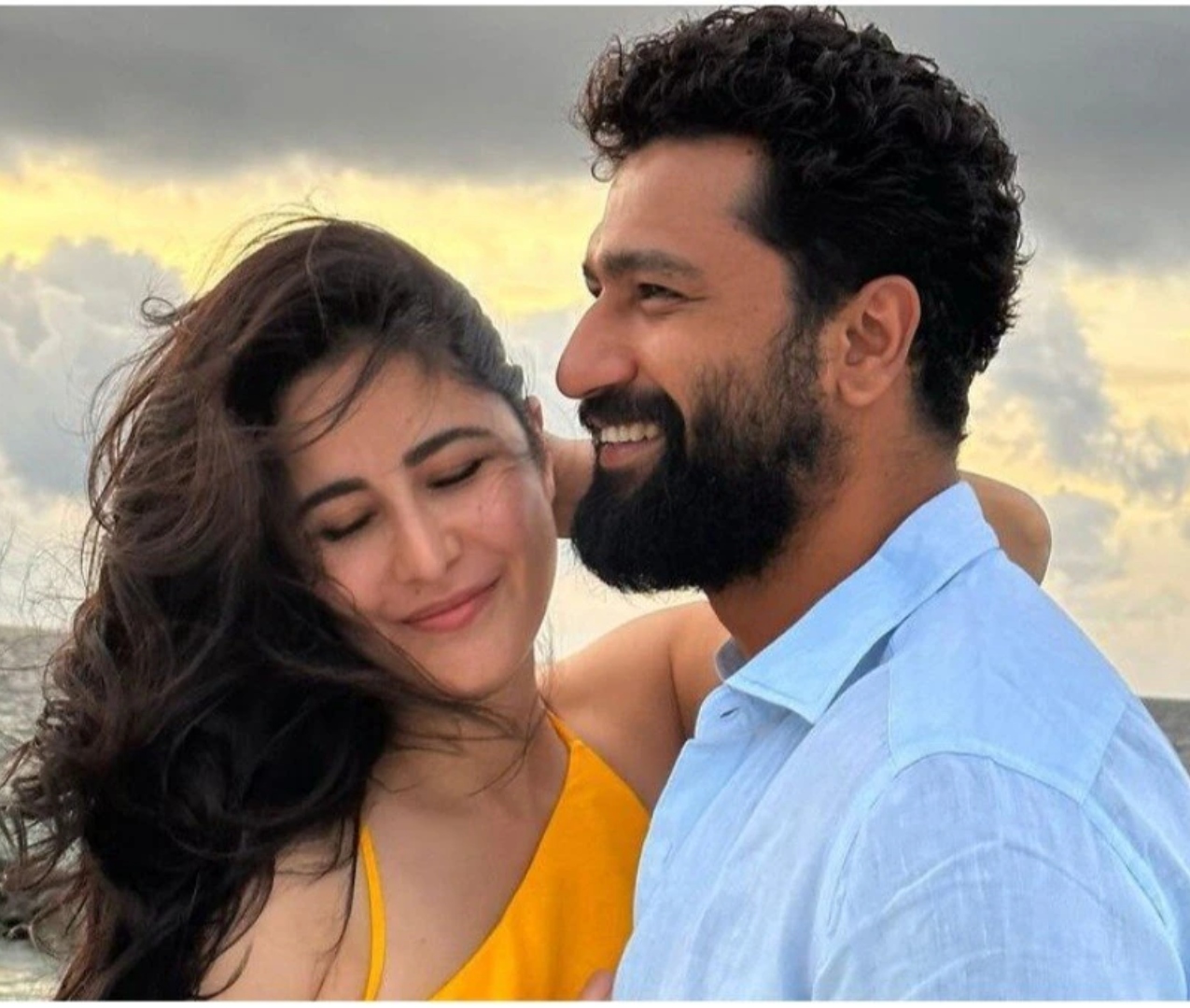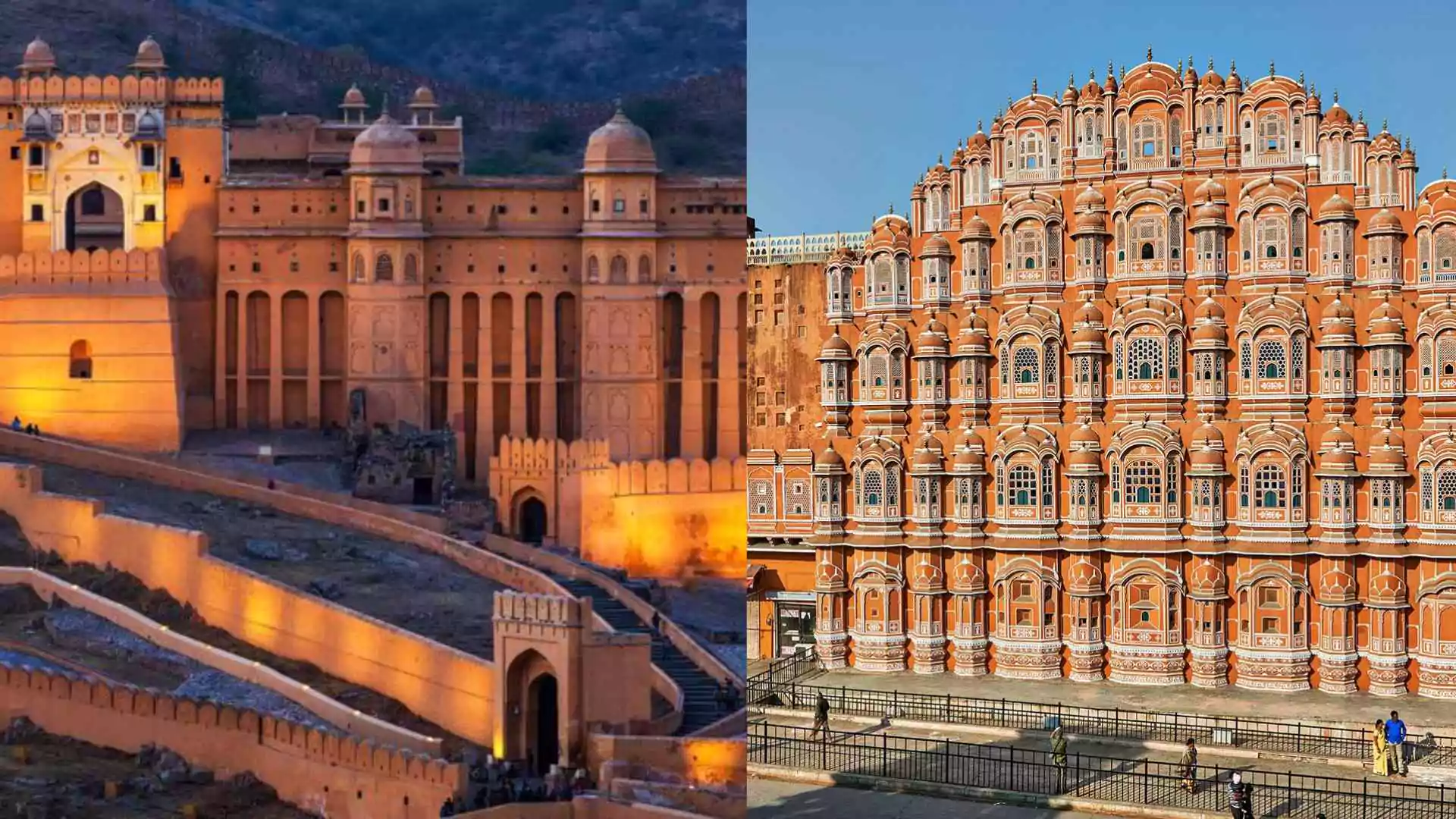Pope Francis, the 266th pope of the Roman Catholic Church, passed away on Monday at the age of 88. As the head of the world’s largest religious group, he was a spiritual guide to more than 1.4 billion people across the globe.
Since becoming pope in 2013, Francis led the Church with a focus on kindness, simplicity, and reform. His passing comes after weeks of health struggles, during which he still managed to appear in public briefly, including an Easter Sunday moment on April 20 and a short meeting with U.S. Vice President JD Vance.
Health Battles in His Final Days
Francis had been in poor health for some time. According to CBS, on March 24 he had a serious bronchospasm attack that involved vomiting and breathing problems. A few weeks earlier, on March 3, the Vatican said he had suffered two episodes of acute respiratory failure. His condition was clearly serious.
Back in February, he spent over two weeks in the hospital battling double pneumonia. On Valentine’s Day, February 14, he was put on non-invasive mechanical ventilation to help him breathe.
Even so, just before his health took a turn, he met with two Vatican officials and thanked people for their prayers and support.
What Happens Now: Vatican Traditions Begin
The death of a pope triggers a deeply traditional process in the Vatican, something the Catholic Church has followed for generations. These steps happen in a careful order and include centuries-old rituals.
First Steps After His Death
The first thing that happens is official confirmation of the pope’s death, usually carried out by Vatican doctors and the Camerlengo — the person in charge during the period between popes. That role currently belongs to Cardinal Kevin Joseph Farrell, 77, who will now oversee the immediate arrangements.
After his death is confirmed, Francis’ body will be moved to his private chapel and dressed in a simple white cassock. He will be placed in a wooden coffin lined with zinc, according to Church tradition. While his mitre and pallium will be removed, he’ll be dressed in red vestments, as is customary for a deceased pope.
A particularly symbolic moment comes when the “Fisherman’s Ring,” the pope’s official seal, is destroyed with a special hammer. This shows clearly that his papacy has ended and prevents the ring from being misused.
Nine Days of Mourning and Public Farewell
After these rituals, the Church will likely declare a nine-day mourning period known as the Novendiale. Italy may also declare a national day of mourning.
During these nine days, there will be memorials and public services to honor Pope Francis. His body will be displayed publicly, though not on a raised platform like in the past. He had always said he didn’t want anything too extravagant. So his coffin will likely stay closed, following his wishes for a simpler farewell.
His body will be taken to St. Peter’s Basilica, where people from all over the world — officials, worshippers, and curious onlookers — will gather to pay their final respects.
During this time, the Church enters a phase called sede vacante, which means “the seat is vacant.” This means there’s no pope, and the College of Cardinals temporarily takes care of day-to-day matters, though they won’t make any big decisions.
Funeral Plans and Final Resting Place
The pope’s funeral is usually held a few days after his death. For Pope Francis, it’s expected to happen somewhere between four and six days later, followed by up to nine more days of religious ceremonies.
His final burial will follow long-standing customs — but with his own simpler twist. Traditionally, popes are buried in three coffins: one made of cypress, one of zinc, and one of elm. Francis, however, had asked for just one wooden coffin lined with zinc, in keeping with his humble style.
Before sealing the coffin, a white silk cloth will be placed over his face. Along with that, a small bag of coins minted during his reign and a written summary of his life, called a rogito, will be included. This document is also read aloud during the ceremony.
As per his personal wishes, Pope Francis will be buried in the Basilica of St. Mary Major, a church he visited often for quiet prayer.
Next Step: Choosing the New Pope
After the funeral and burial, the cardinals will begin preparations to elect a new pope in a special meeting called a conclave. This usually happens 15 to 20 days after a pope dies.
Cardinal Giovanni Battista Re, 91, is the dean of the College of Cardinals and will lead the conclave. However, since he’s over 80, he can’t vote. So the task may fall to a younger cardinal.
Only cardinals under the age of 80 — currently around 137 of them — can vote. The process is done inside the Sistine Chapel in complete privacy. They take a secret oath and stay cut off from the outside world until a new pope is chosen.
Voting happens in rounds. If no one gets a two-thirds majority, the ballots are burned, producing black smoke from the chapel’s chimney. When someone does win, white smoke appears — a clear sign to the world that a new pope has been chosen.
“Habemus Papam” — A New Era Begins
Once someone is chosen, the new pope is asked if he accepts the role. If he agrees, he picks a papal name — a tradition dating back centuries.
After that, he puts on the white papal robes, and the world hears the famous words: “Habemus papam” — “We have a pope.” This is announced from the balcony of St. Peter’s Basilica as crowds cheer and watch from all over the globe.
Who Might Be the Next Pope?
Though speculation is often avoided out of respect, several names are being mentioned as possible successors:
-
Cardinal Pietro Parolin (Italy): A Vatican diplomat and Secretary of State under Pope Francis. He’s seen as a steady hand in global diplomacy.
-
Cardinal Luis Antonio Tagle (Philippines): A charismatic and media-savvy figure who could become the first Asian pope.
-
Cardinal Peter Turkson (Ghana): Known for his work on ecology and social justice. While widely respected, some say he may not unify all factions of the Church.
-
Cardinal Péter Erdő (Hungary): A conservative intellectual with a deep understanding of Church law and leadership under pressure.
-
Cardinal Mykola Bychok (Ukraine): At 45, he would be a youthful choice, but not without precedent. He’s gained attention for his emotional talks on Ukraine’s suffering.
Betting odds suggest the next pope might even take the name Francis II—though other options like John Paul, Leo, or John are also being discussed.
The coming weeks will be historic for the Vatican. The world will watch as the Church says goodbye to Pope Francis and begins the search for a new leader. These sacred traditions offer a chance to reflect on the past and prepare for the future.























